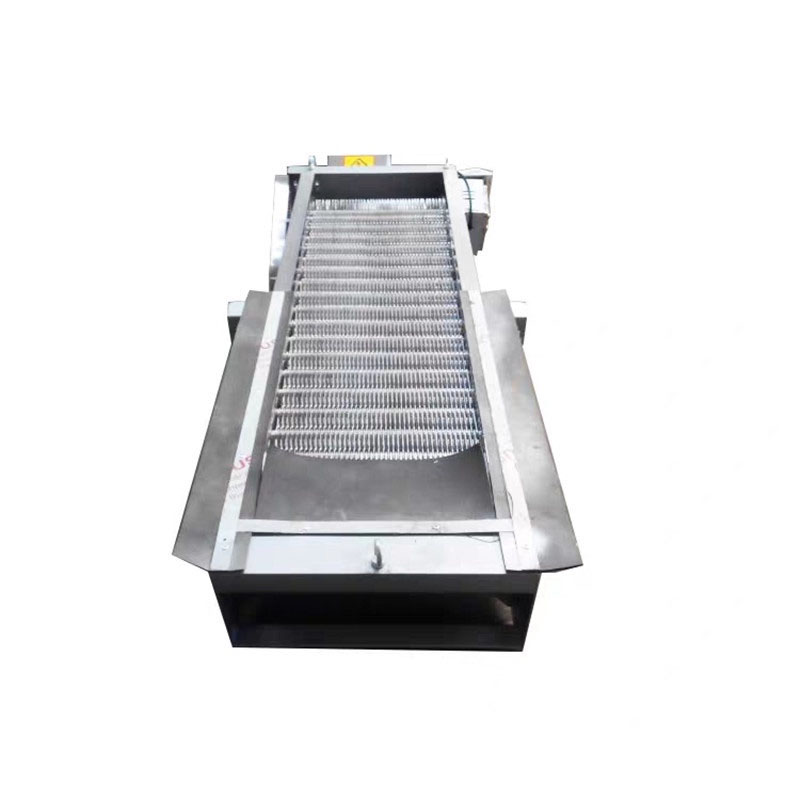What is the working principle of Mechanical Bar Screen
2025-05-22
A Mechanical Bar Screen is a device used primarily in wastewater treatment plants to remove large solid objects (such as rags, plastics, and debris) from the influent stream before it reaches pumps or treatment units. Its working principle involves mechanically intercepting and removing solids from the flow of water using a set of bars and a cleaning mechanism.
Working Principle of a Mechanical Bar Screen:
Flow Interception:
The influent wastewater flows through a set of vertical or inclined metal bars (the bar rack) spaced at regular intervals (typically 6–50 mm apart depending on the application).
Large solids are trapped on the upstream side of the bars while water passes through.
Accumulation and Detection:
As debris accumulates, it creates a head loss (difference in water level) between the upstream and downstream sides of the screen.
When this head loss reaches a preset value or after a set time interval, the cleaning mechanism is automatically triggered.
Mechanical Cleaning:
A mechanized rake or comb travels down the front face of the bar screen, collecting trapped debris.
The rake is often mounted on a chain, belt, or carriage system that moves it up and down.
The debris is lifted to the top of the screen and discharged into a container, conveyor, or washer-compactor.
Continuous Operation:
The process repeats as needed, allowing continuous flow of water and periodic removal of solids.

Types of Mechanical Bar Screens:
Chain-operated bar screens
Rotating drum screens
Step screens
Traveling band screens
Advantages:
Automated cleaning reduces manual labor.
Prevents damage or clogging in downstream equipment.
Handles large volumes of wastewater.
Improves overall efficiency of wastewater treatment.
If you are interested in our products or have any questions, please feel free to contact us and we will reply you within 24 hours.



